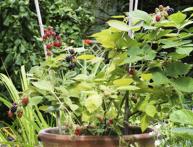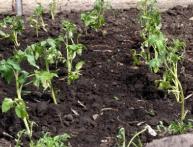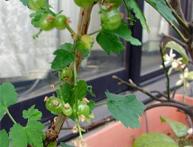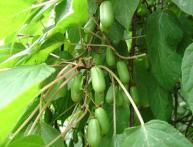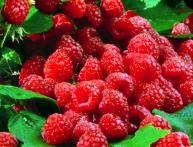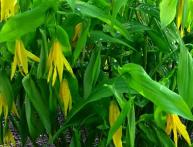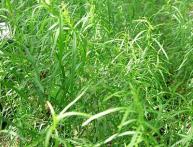Growing clary sage, decorative
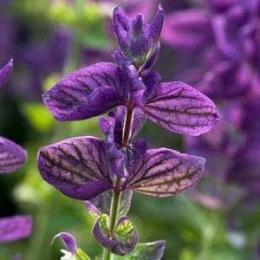
The plant known as medicinal sage is widely known, but few gardeners and flower growers know about the existence of its decorative counterpart, clary sage, which is also called the “Eye of Christ.”
Clary sage grows wild in the southern regions - in the Crimea, the Caucasus and Central Asia. Clary sage is a plant with a long straight stem up to 60 cm in height, has large, elongated petiolate leaves, rounded at the ends. The flowers of the plant are bright blue, the large perianth is purple. The flowers emit a scent reminiscent of a mixture of rose, lavender, lemon and lily of the valley.
Growing Clary Sage this is not an easy task, since the plant is very difficult to tolerate the unfavorable conditions of the middle zone. Despite this, the work put into it is worth it, since clary sage can become a decoration for any garden plot.
In addition to its decorative function, sage can be eaten, for the production of beer and wine, as a flavoring for jams, the leaves and inflorescences of the plant are usually used. Clary sage oil used in the perfume industry.
Cultivation of clary sage must be carried out on rich soils with a deep arable layer, with the introduction of sufficient quantities of phosphorus, potassium and nitrogen fertilizers.
To obtain seedlings, seeds are sown immediately in open ground in April. Sage is transplanted to a permanent place at the age of 35-40 days, after at least three leaves have appeared.Sage needs constant loosening, harrowing and weed removal.
Harvesting the first harvest of leaves can begin as soon as the plant blooms. For the winter, it is necessary to remove the leaves of clary sage and cover the plant with an inverted box. The box is covered with film and filled with straw and then snow. If this procedure is not done, the sage will die.

